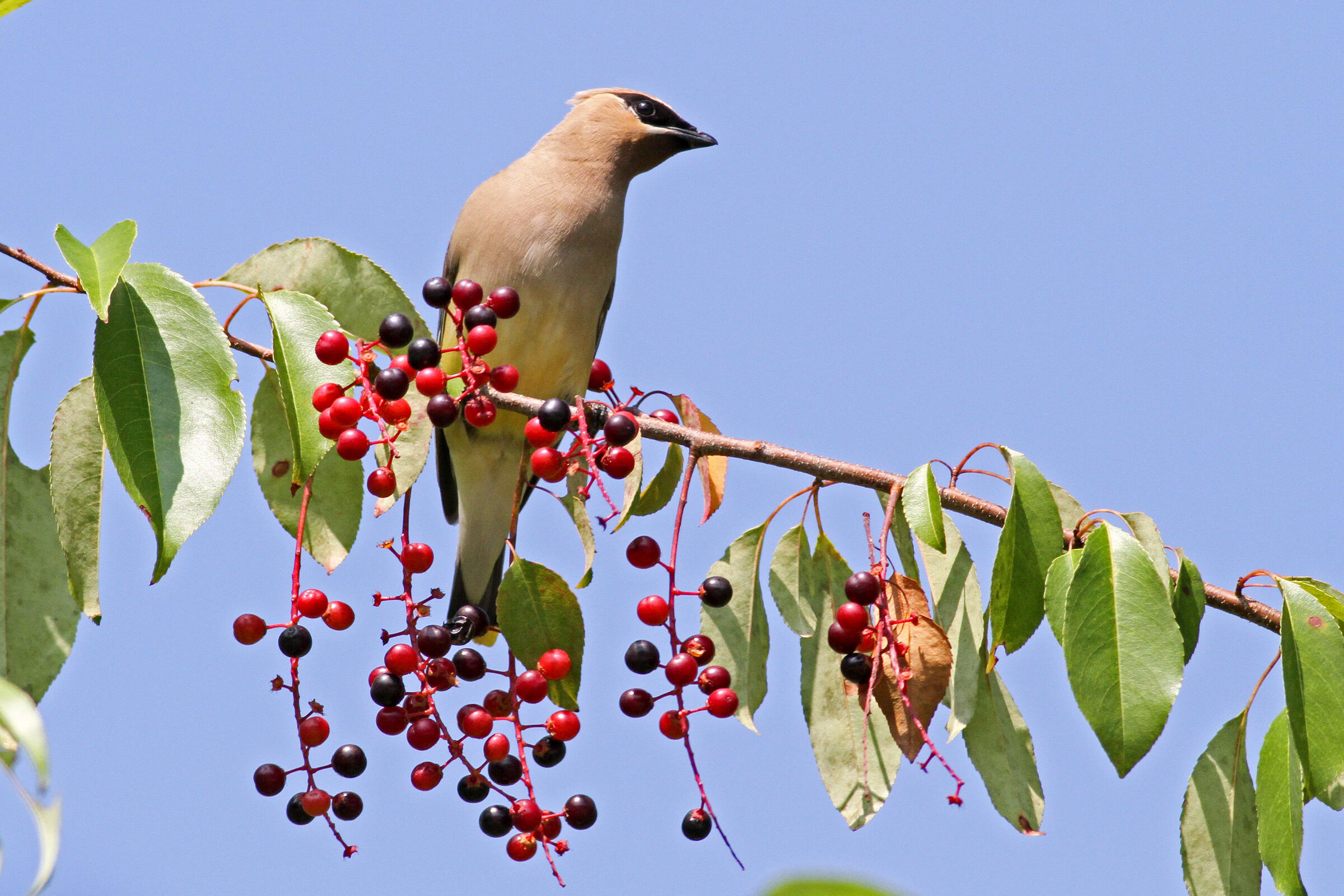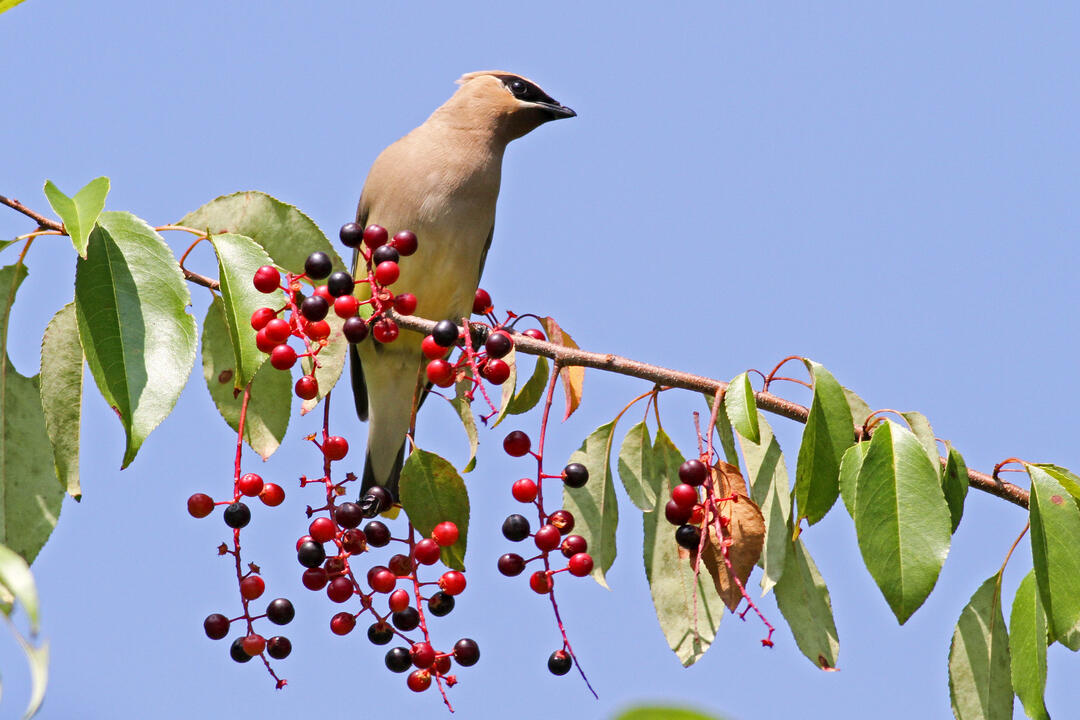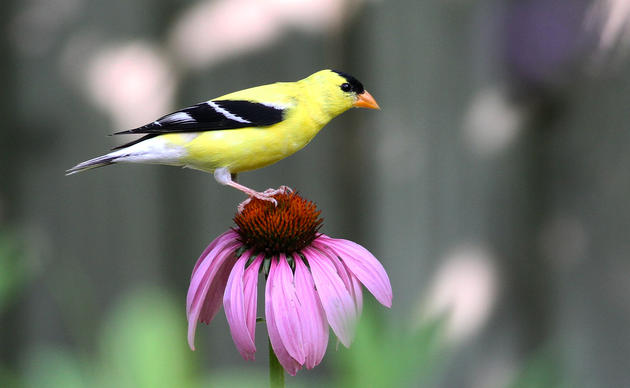Consider what’s already present in the landscape, encourage their growth, and fill in the gaps with some superstars. Bloom time, food type, and layers of the landscape are a few of the ways to think about what's needed for the birds and the bees.
Planting natives is better for you, local wildlife, and the environment. Lake Champlain and other local waterways benefit, too. Because native plants are better adapted to their environment they'll use less water and won't need toxic chemicals or fertilizers. Planting different layers of native vegetation like flowering plants, shrubs, and trees will help absorb and filter runoff from heavy storms before they enter waterways.
Here's a list of the superstars. Find more details and photos below.
Native Trees: Oak, Black Cherry, Birch, Red Maple, Serviceberry
Native Shrubs: Shrub Willow, Alder, Dogwood, Blueberry
Native Perennials: Joe Pye, Aster, Goldenrod, Sunflowers
For additional ideas, explore Audubon's Native Plants Database.
Native Trees
Oak
Oaks stand out for their biodiversity potential. They serve as larval hosts for hundreds of species of insects, which in turn provide reliable forage for birds. Host to 462 species of caterpillars.
Blooms April-May.
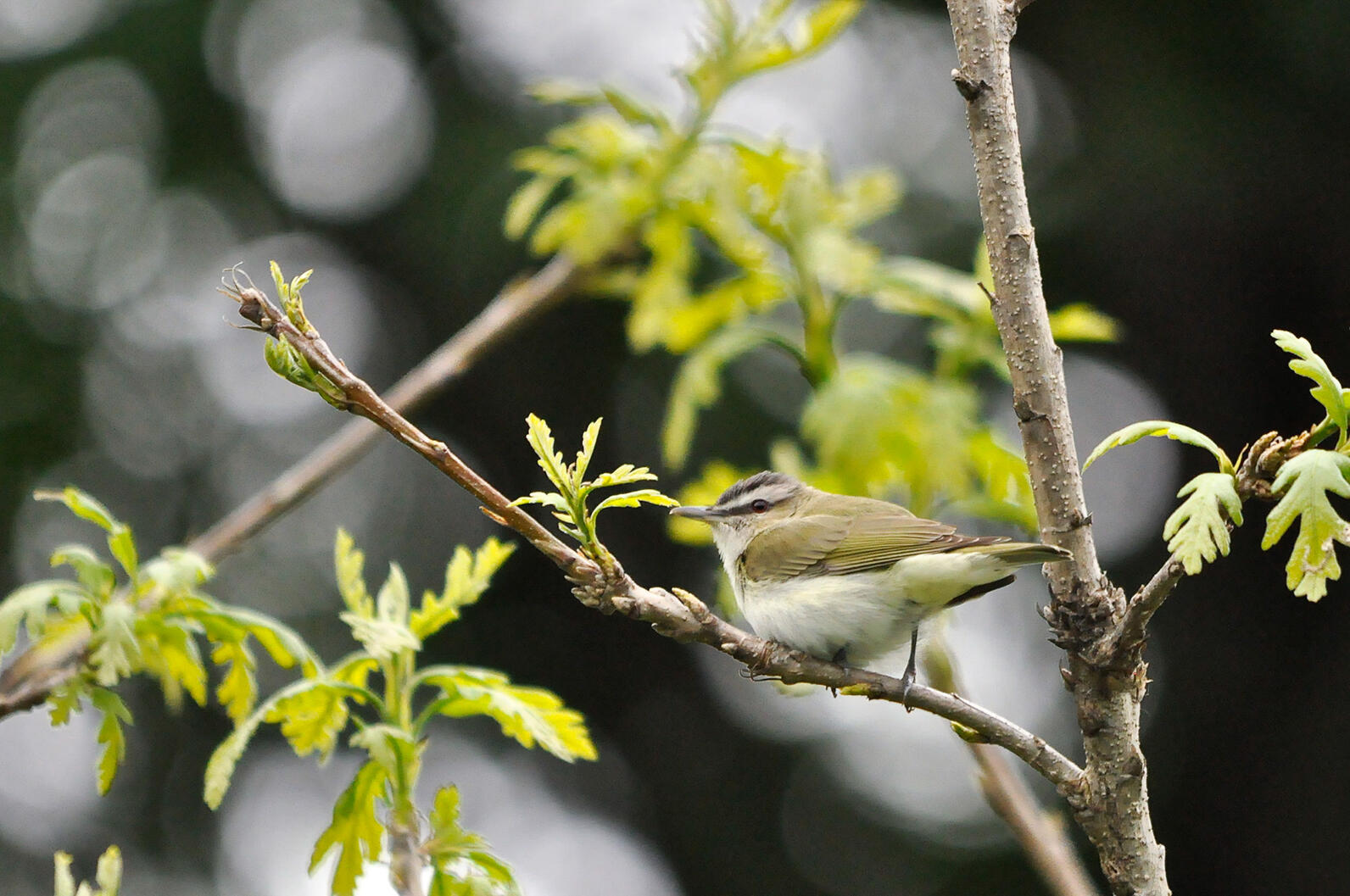
Black Cherry
Cherries are second only to oaks when it comes to the number of species of insects that they support. Chery fruits also feed the birds. Host to 390 species of caterpillars. (Note: Cherry plants are toxic to sheep.)
Blooms April-May.
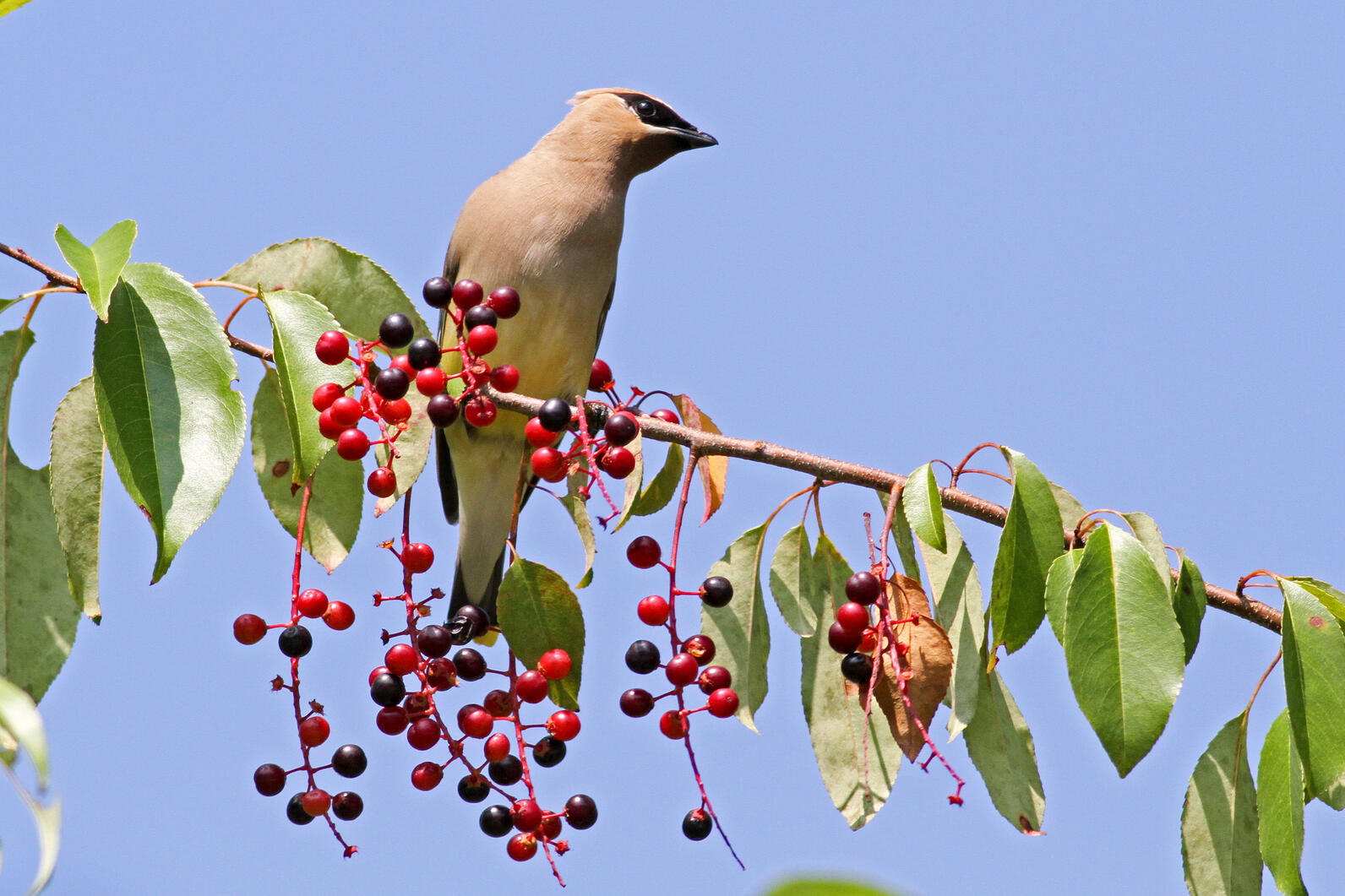
Birch
A favorite tree for birds to forage for insects on the bark. Birch seeds are an important food source for birds. Host to 354 species of caterpillars.
Blooms April-May.
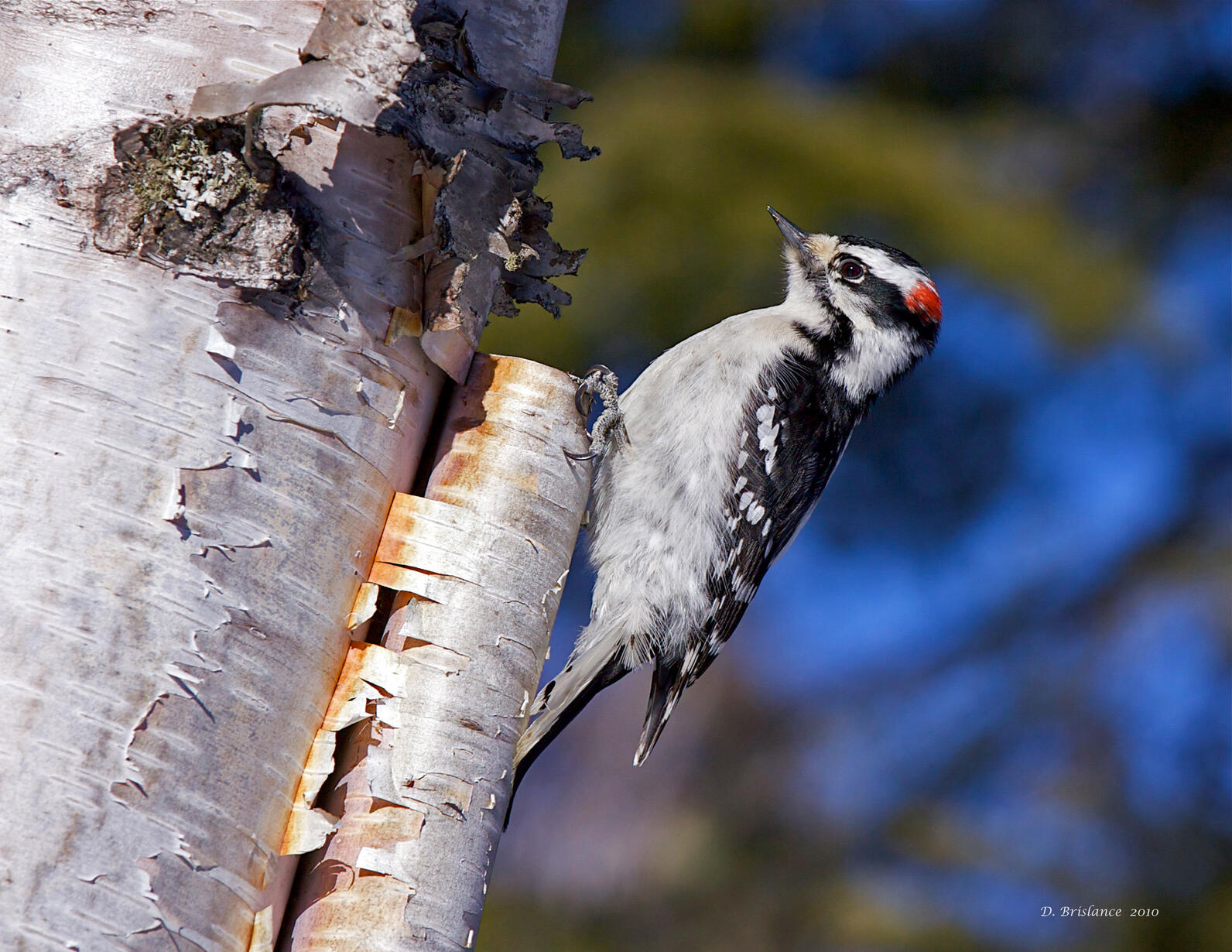
Red Maple
One of the first flowers to bloom in the spring. Red maples flower every year, providing a reliable food source for early pollinators. Host to 276 species of caterpillars.
Blooms March-April.
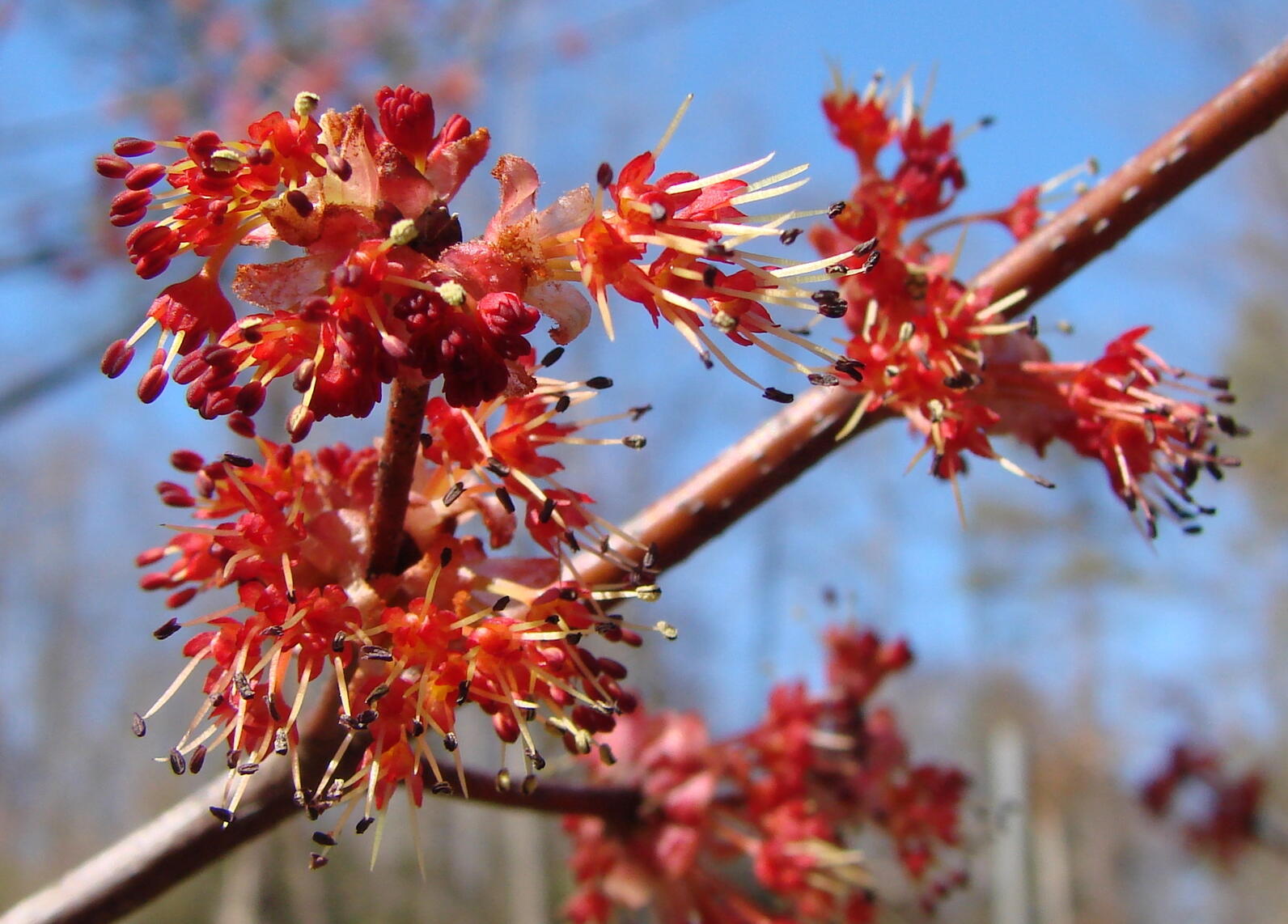
Serviceberry
This small tree fits well into the landscape. It has lovely white flowers in the springtime, followed by delicious berries that are edible for humans (or you can get to them before the birds). The fruit tastes like a cross between a blueberry and a grape and is a favorite of Cedar Waxwings, American Robins and other fruit-loving birds.
Blooms April-May.
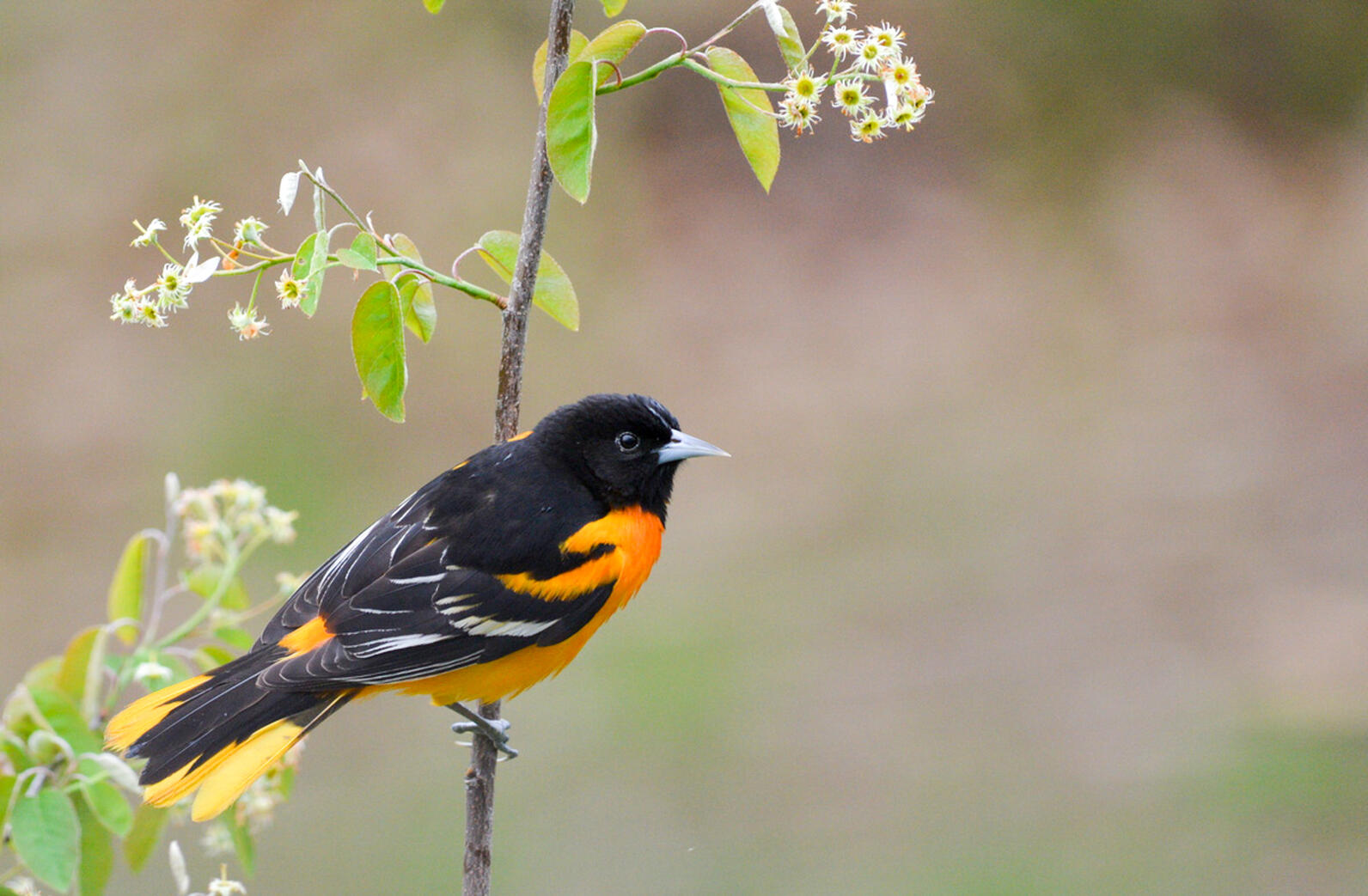
Native Shrubs
Shrub Willow
Willows are often the only food sources for early-emerging pollinators. A tremendous diversity of shrub willows are native to Vermont. Host to 371 species of caterpillars.
Blooms March-May.
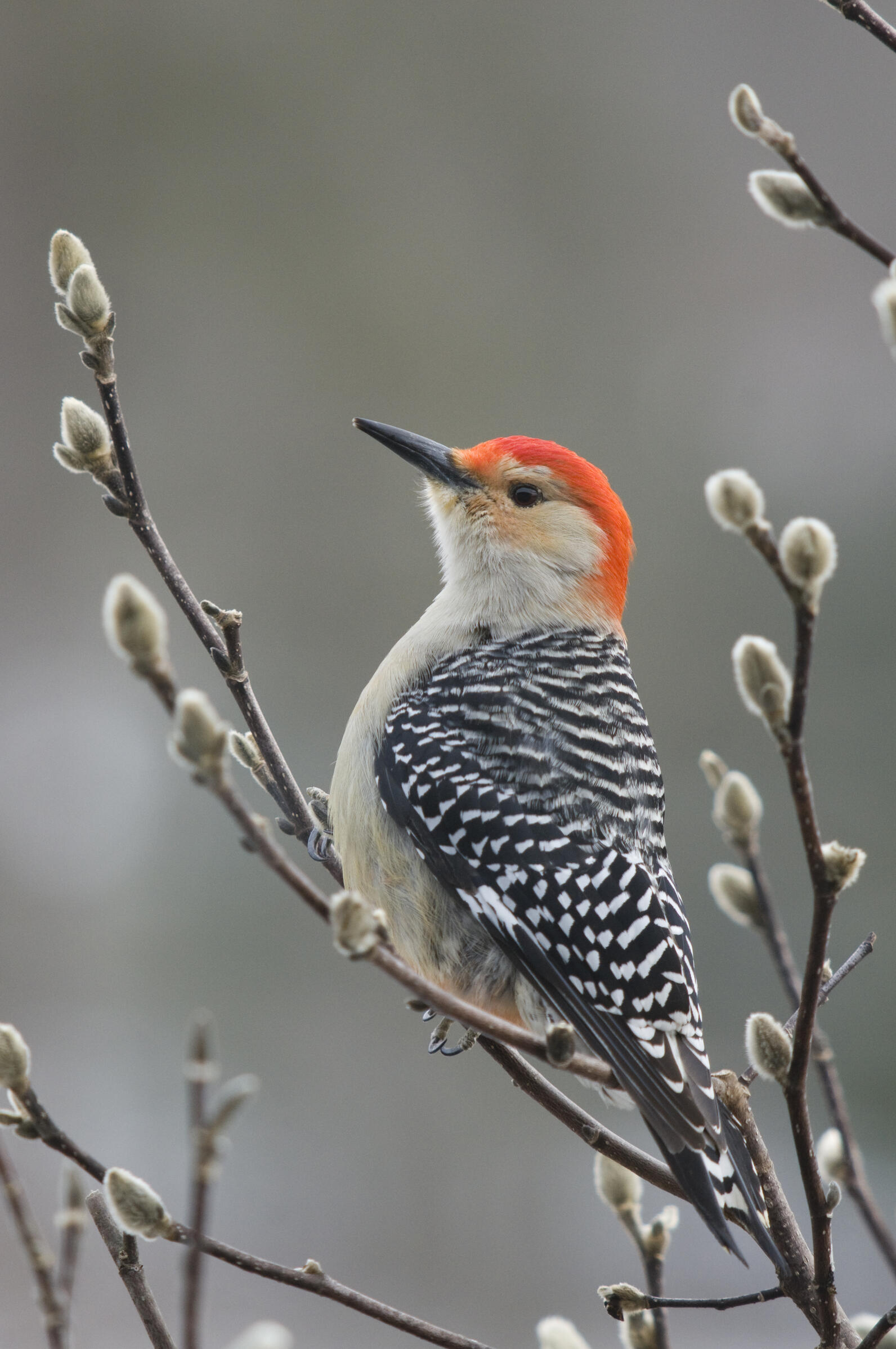
Speckled Alder
Another essential, early-blooming shrub. Provides food and cover for goldfinches and grouse. Thrives in wet soils. Host to 222 species of caterpillars.
Blooms in March.
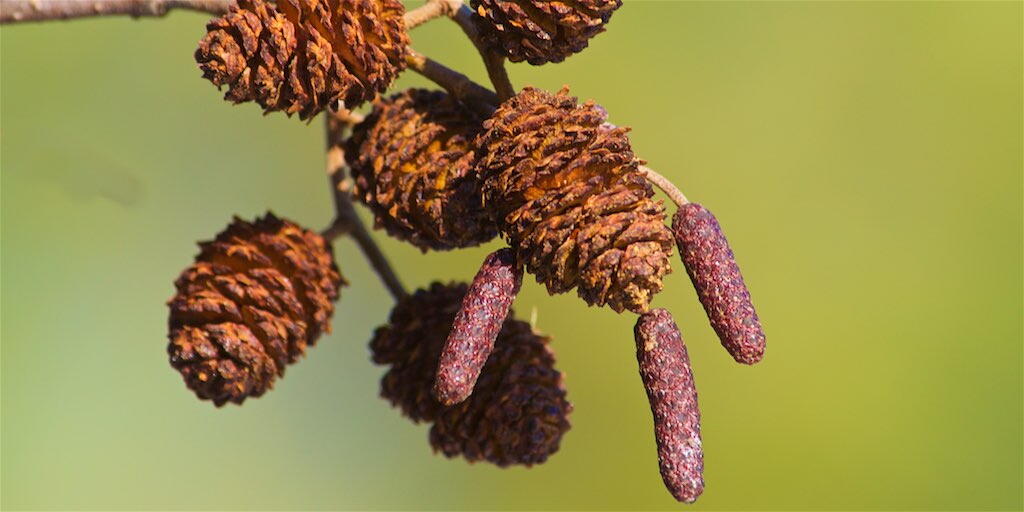
Dogwoods
Berries of different species of native Vermont dogwoods ripen throughout the summer, providing a steady supply of fruit for birds.
Blooms April-May.
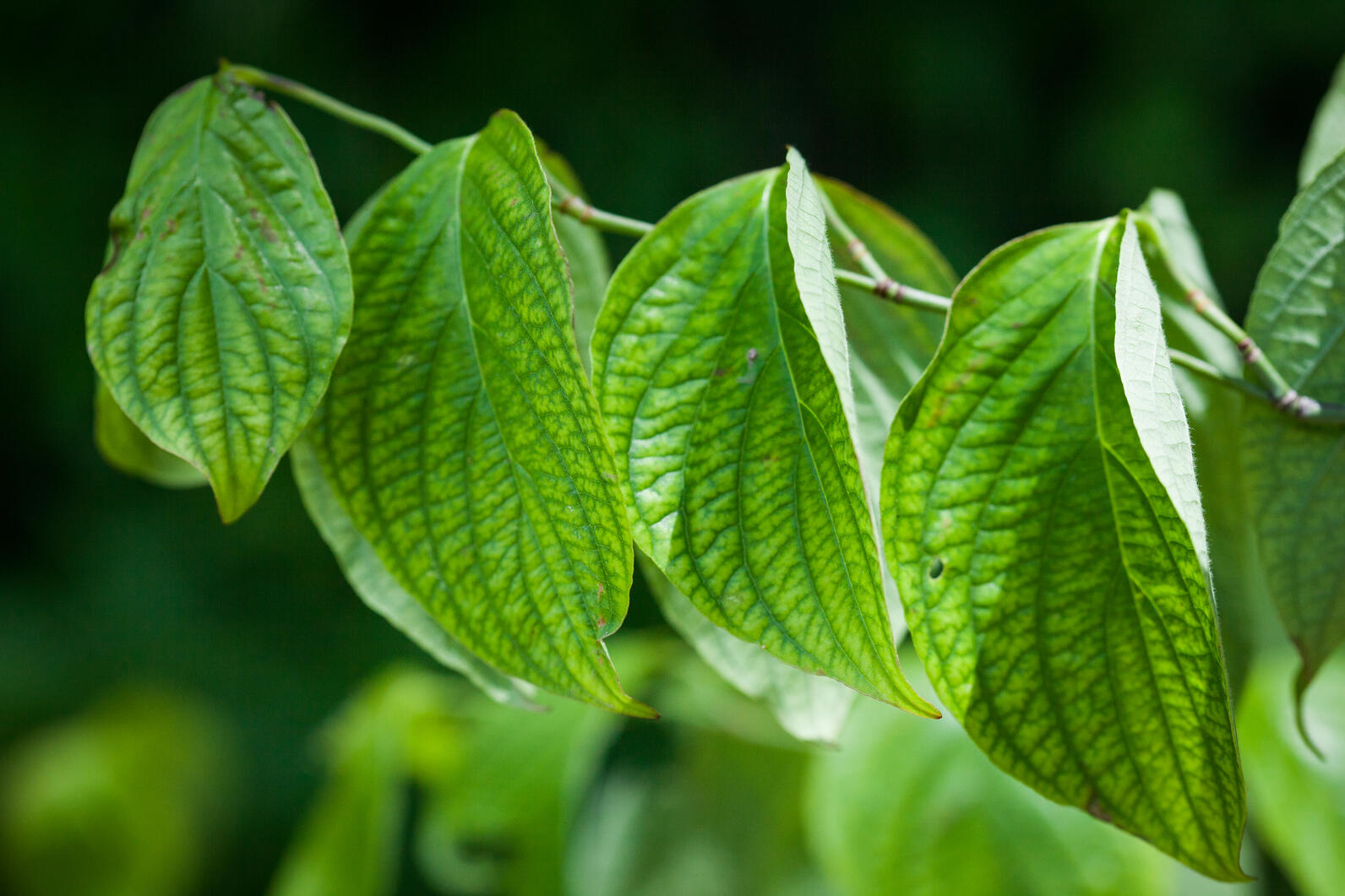
Blueberries – Delicious for humans as well as birds. Host to 276 species of caterpillars. Blooms in May.
Native Perennials
Joe Pye– An excellent, long-blooming nectar source in mid-summer. Host to 42 species of caterpillars. Blooms July-September.
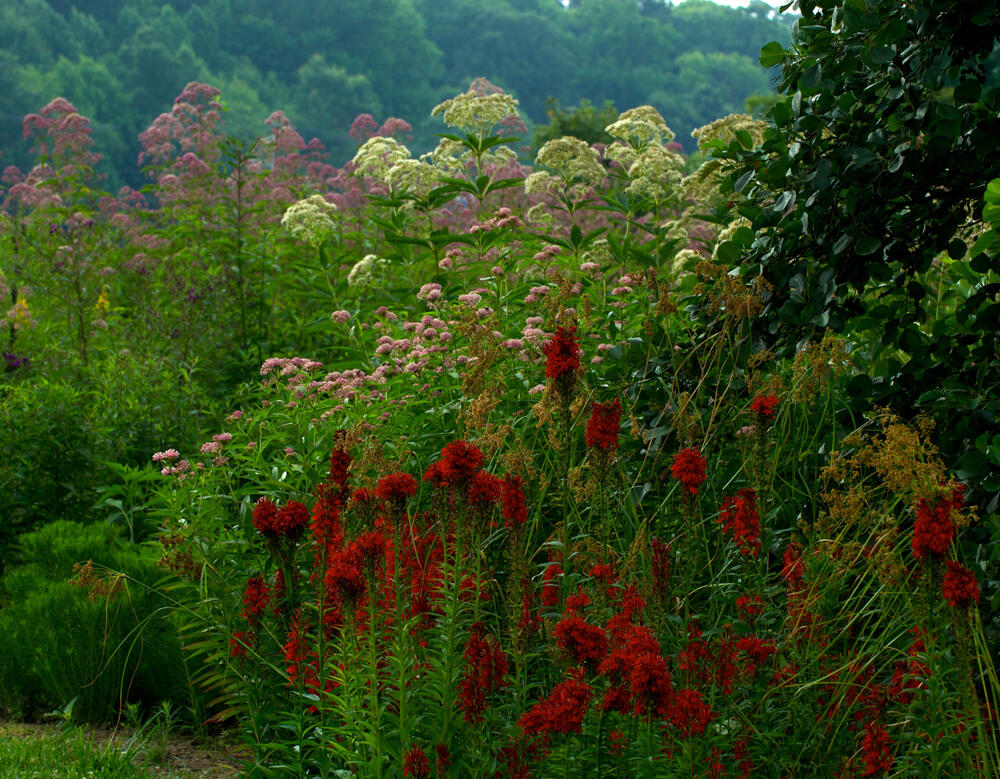
Aster - Provides late-season pollen and nectar to foraging insects. Birds feast on the seeds through the fall and winter. Host to 99 species of caterpillars. Blooms August-September.
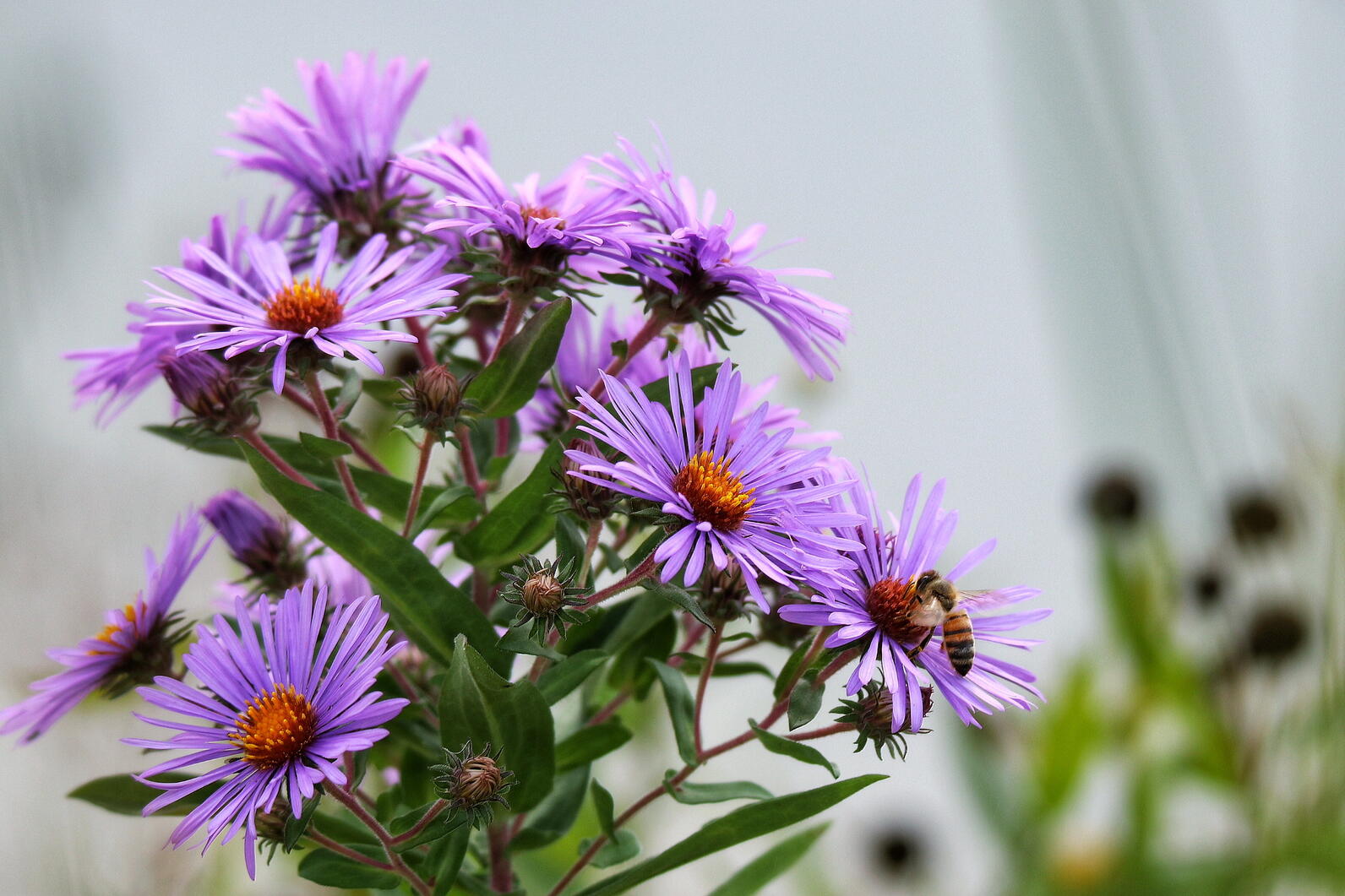
Goldenrod - Provides even later-season pollen and nectar to foraging insects. Birds feast on the seeds through the fall and winter. Not responsible for seasonal allergies. (It’s the ragweed.) Host to 125 species of caterpillars. Blooms August-October.
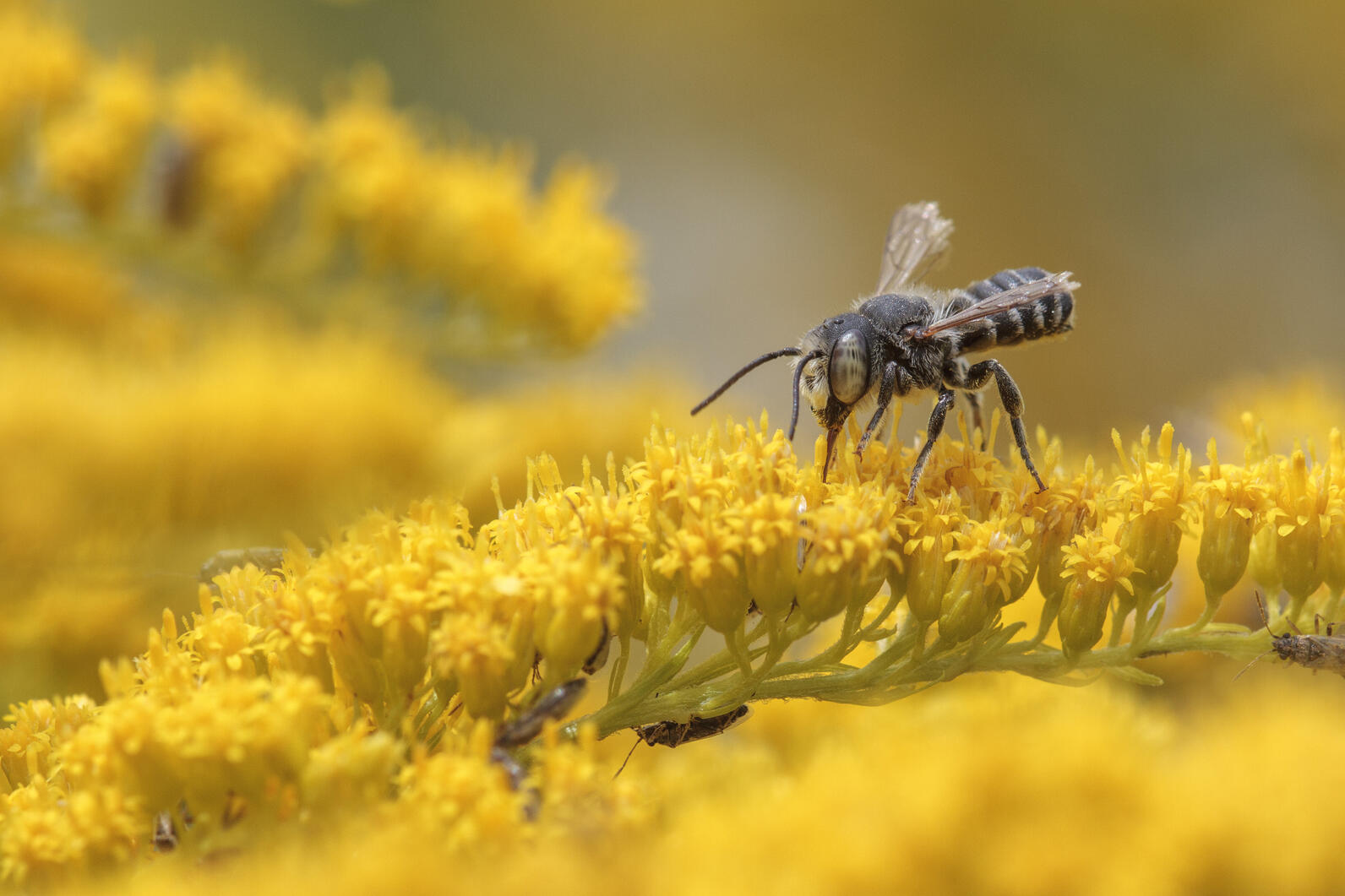
Sunflowers – While not native to Vermont, sunflowers are a great larval host and a favorite high-fat seed source for birds. Plants will self-seed from year to year, but are an annual, not a perennial. Host to 60 species of caterpillars. Blooms July-September.
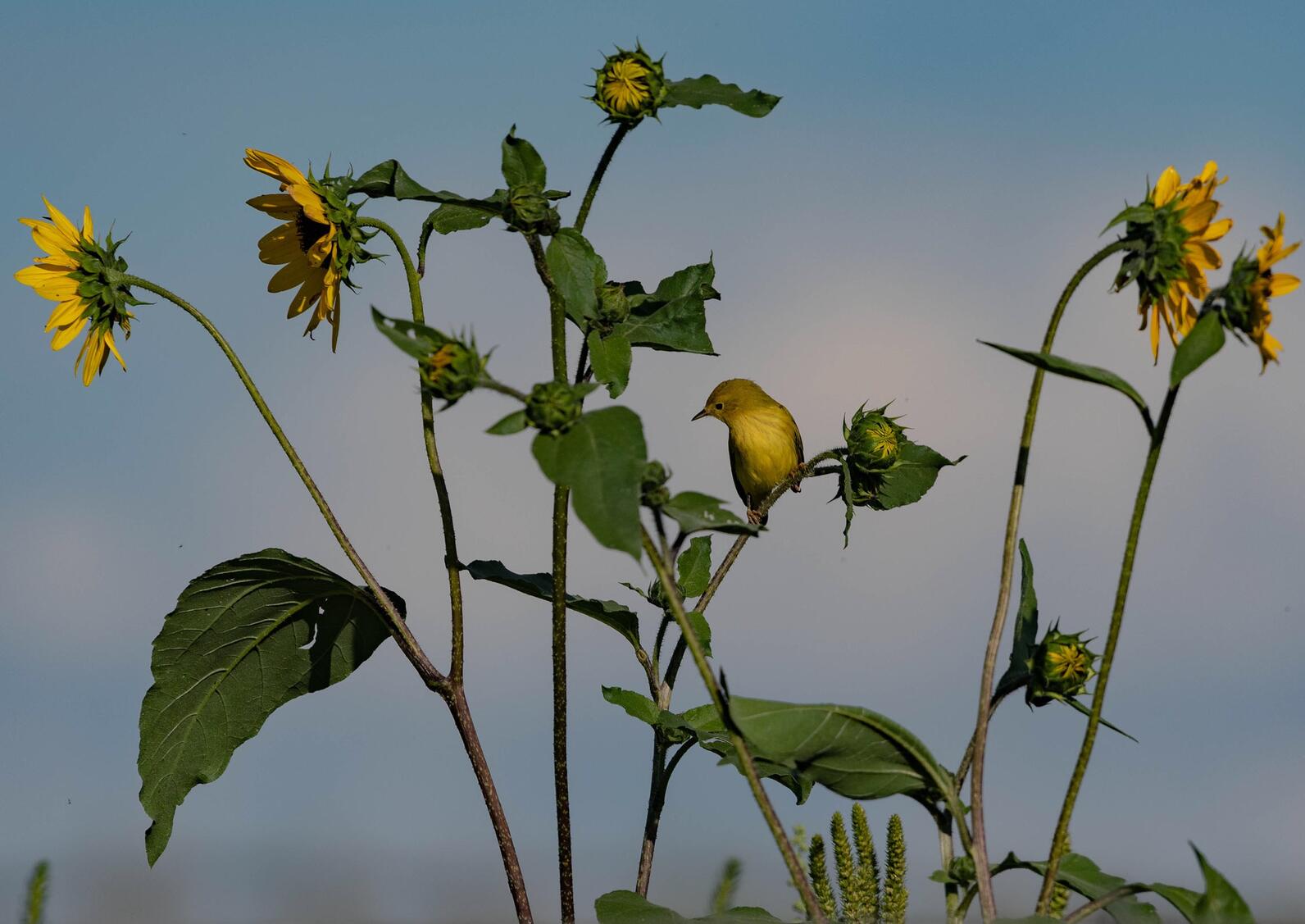
Research and data on caterpillar numbers thanks to Professor Doug Tallamy
How you can help, right now
Donate to Audubon
Help secure a future for birds at risk from climate change, habitat loss and other threats. Your support will power our science, education, advocacy and on-the-ground conservation efforts.
Visit Audubon
It's always a good time to visit the Audubon Center. Trails are open to the public year-round. Visit us daily from dawn until dusk! Donations are appreciated.
Events
Adults, preschoolers, foresters, photographers, sugarmakers and families will all find opportunities to connect with nature.

